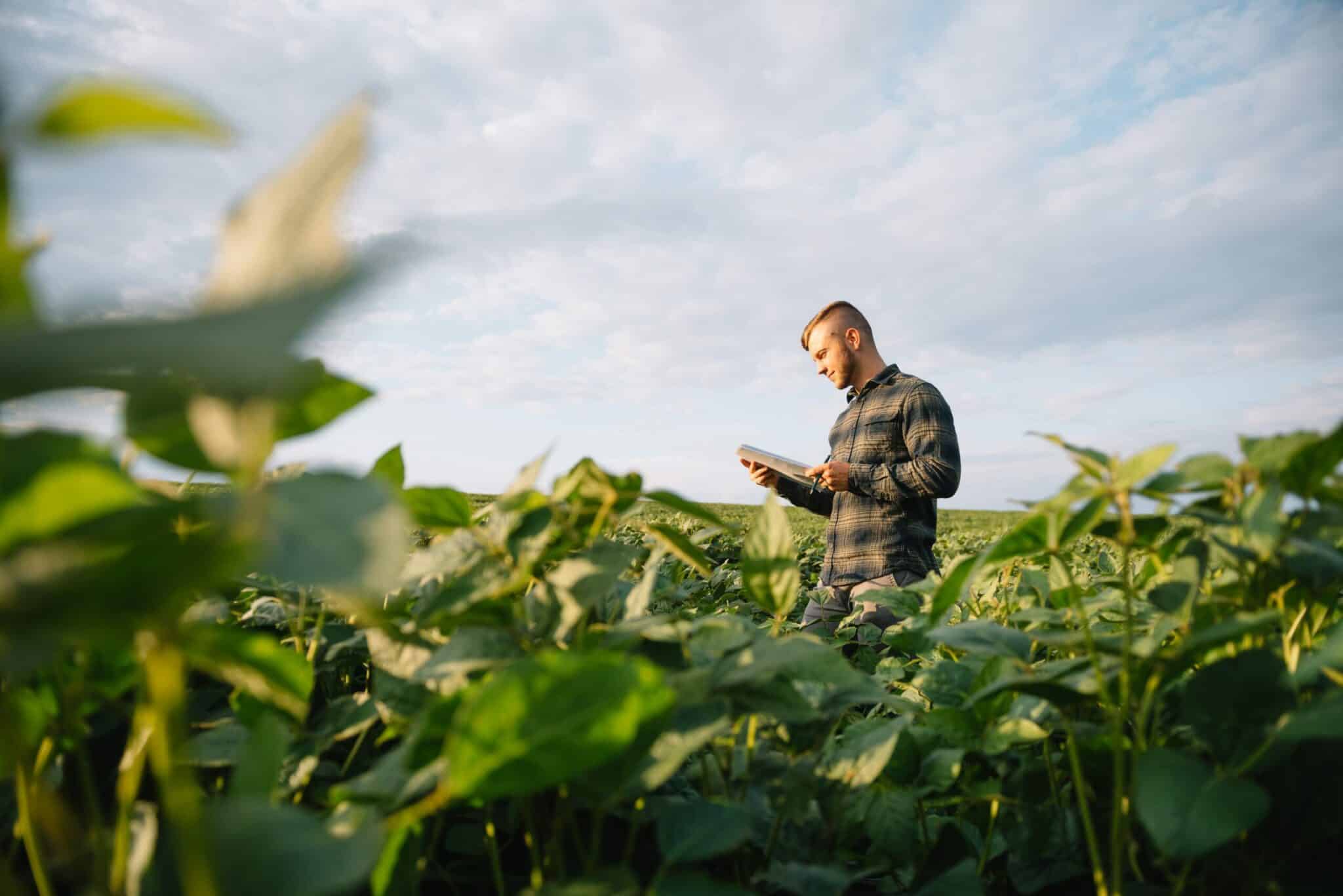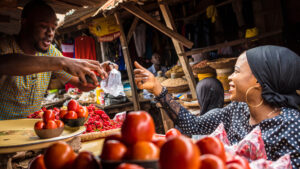Bayer recently made a public promise. As we told you in our Seed World article last month, we’ve committed to reducing the environmental impact of our crop protection tools on a global treated area per hectare basis by 30% by 2030 compared to a 2014-2018 average baseline. While the promise is ambitious yet simple, measuring our progress is ambitious… but not nearly as simple. However, measuring change is a critical part of knowing and showing that we’re making progress and keeping our promise.
We see the impact innovation can bring and we are committed to leading by example. Currently, our crop protection products’ environmental impact is notably smaller than our competitors. Though Bayer crop protection products are used on more than 10% of all protected acres, our products’ environmental impact accounts for less than 2% of all crop protection products’ total environmental impact. We’re proud that our crop protection portfolio is rated as having an exceptionally low environmental impact. However, we’re not satisfied.
To make measurable, meaningful moves towards even more sustainable agriculture, we’re investing not just in innovation but also in state-of-the-art, data-driven, fully transparent methodology and measurement tools.
Any credible science is peer-reviewed and vetted—and working to reduce crop protection’s environmental impact is no different. In fact, with an issue that’s so important to us all, it should be possible for anyone to measure the progress.
Our methodology is called the ‘Crop Protection Environmental Impact Reduction’ (CP EIR). This system adds a robust, science-based tool to help compare the relative environmental impacts of different crop protection tools on a farm. Clear measurement is critical to our ability to develop and assess products that carry less environmental impact but maintain grower benefits.
We’ll be tracking our crop protection portfolio’s global environmental impact using two leading externally developed scientific models, and we’re making how we use them public. Developed by a consortium led by the Technical University of Denmark (DTU) and endorsed by the UNEP/SETAC Life Cycle Initiative, the two models we’re using (PestLCI 2.0 and USEtox(R)) are the most advanced life-cycle assessment models available to characterize potential environmental impact of crop protection across different countries and different crops. These models work together to give us a clear idea of our impact, and we’re committed to full transparency in sharing whatever they show. Using this kind of external model is a very big deal: in fact, a first in the agriculture industry.
That’s not all. To ensure transparency and impact, we’re committed to several other key steps:
- The Technical University of Denmark will independently assess our crop protection products’ environmental impact.
- An external panel of experts will review all results and progress.
- Third parties are welcomed to independently perform verification of their own, using the publicly-available models.
- We plan to start progress tracking of our commitment in the Bayer Sustainability report in 2023. This report and all data reported in it is audited.
Sustainable agriculture is a goal worth pursuing! Join us in openly, enthusiastically striving towards a better tomorrow!












